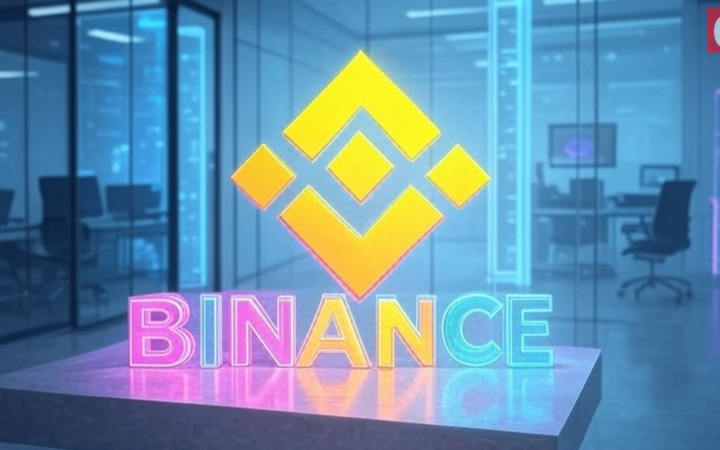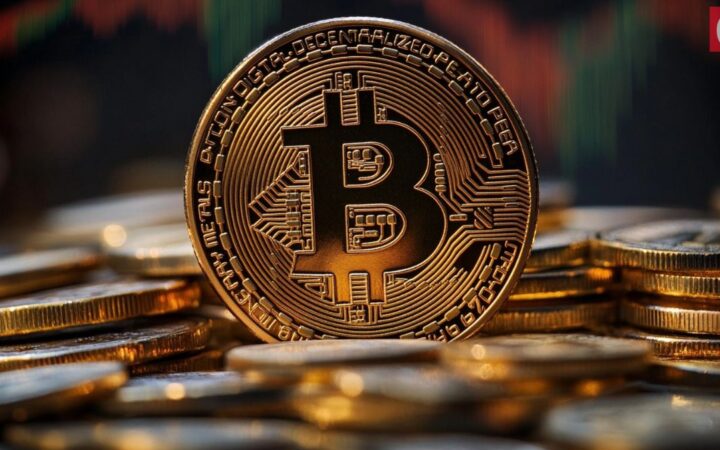
Pi Network Reverses Weekend Gains, Is Pi Coin Price Crash to $0.3 Coming?
Following an 80% weekend rally to $0.75, Pi Coin has dropped over 10% in the past 24 hours with daily trading volumes exceeding $450 million.

Following an 80% weekend rally to $0.75, Pi Coin has dropped over 10% in the past 24 hours with daily trading volumes exceeding $450 million.

Binance teams up with WorldPay to simplify crypto purchases using Apple Pay and Google Pay, broadening access to over 1,000 payment methods worldwide.

Crypto investment products have witnessed a massive $240 million in outflows in the past week, digital asset firm CoinShares revealed.

XRP price is staging resilience in the broader market, as the sustained selloff from Trump’s reciprocal tariff announcement is still biting risk assets.

SOL fell below $100 for the first time since February 2024 and is now ranked 7th in market cap with a $52.17 billion valuation.

Bitcoin price plunged 8% to $76,100 in the past 24 hours, triggering over $1.4 billion in market liquidations, with Arthur Hayes calling it a buy-the-dip opportunity.

Altcoins may see major volatility this week with over $328 million worth of tokens set to be released in the market.

Hundreds of thousands of cryptocurrency traders have been liquidated as the global crypto market capitalization plunged to its five-month lows amid fears of a bear market.

ETH has dropped 16% today, now trading at near $1,500, a level last seen in January 2018, sparking debate around its “ultrasound money” status.

Bitcoin network’s hashrate hitting the 1 ZH/s mark for the first time in history amid a massive 8% price dip.

Justin W. Keener claims to have “decisive evidence” in the Ripple vs SEC lawsuit that could significantly impact the ongoing developments.

A Maryland woman lost $3 million in a “pig butchering” crypto scam, where fraudsters from Southeast Asia built trust over weeks through a Korean messaging app.

Bitcoin recently saw a major unstaking event, long-term holders’ movement, and looming Bitcoin options expirations, all contributing to potential price volatility.

FIL witnessed a major price surge after its listing on Upbit exchange, along with a notable surge in development activity.

BitMEX co-founder Arthur Hayes argues that Trump’s reciprocal tariffs will ultimately benefit Bitcoin by weakening the US dollar and increasing the demand for alternative assets.
For the average millennial or at least anyone that pays attention to the business world, the term “cryptocurrency” would not seem like such a strange word. If that is, then the terms Bitcoin, Ethereum or at least Blockchain should ring a bell. One might wonder, why are these terms suddenly so prevalent, especially cryptocurrency news? Computing is getting rather pervasive and the society is leaning towards digital services. The finance world too isn’t spared as the disruption of technology into this sector has fostered the birth and development of Fintech organizations.
These Fintech organizations look to digitize payments and transactions, offering the same services that are currently in existence but in a better, efficient and more effective way.
Blockchain is the network upon which most of these cryptocurrencies operate on. The history of blockchain and bitcoin, in particular, does not have a definite story. In 2009, an individual or group of individuals known to be “Satoshi Nakomoto” developed and published the technology to allow people make digital payments between themselves anonymously without having an external party to verify or authorize the transfer of the currency being exchanged.
Although technologies like this might seem rather complex, understanding how Blockchain works is quite easy, given that one has a basic idea of how networks work. Blockchain is simply a database shared between several users, containing confirmed and secured entries. It is a network, where each entry has a connection to its previous entry.
This technology affords a very secure model whereby every record in the database cannot be tampered with. Apart from the stellar security that this network offers, the transparency and speed at which the network operates give it an edge over the conventional way of conducting transactions.
In simple terms, cryptocurrencies are just monies in digital form, transacted via digital means and over a digital network. The transfer of these currencies is utilized with cryptography and the aforementioned blockchain network. Up until the 2010s, cryptocurrencies were not really known until Bitcoin made its breakout and this gave rise to the birth of new cryptocurrencies.
Cryptocurrencies have had their fair share of bullish and bearish trends, going to show how unstable they can be. The latest cryptocurrency news reports lots of people predicting prices for various cryptocurrencies in the years to come but no-one can say for sure.
Blockchain, on the other hand, is making its way into pervasive computing, especially IoT, giving way for the development of new solutions that embrace data security and transparency.